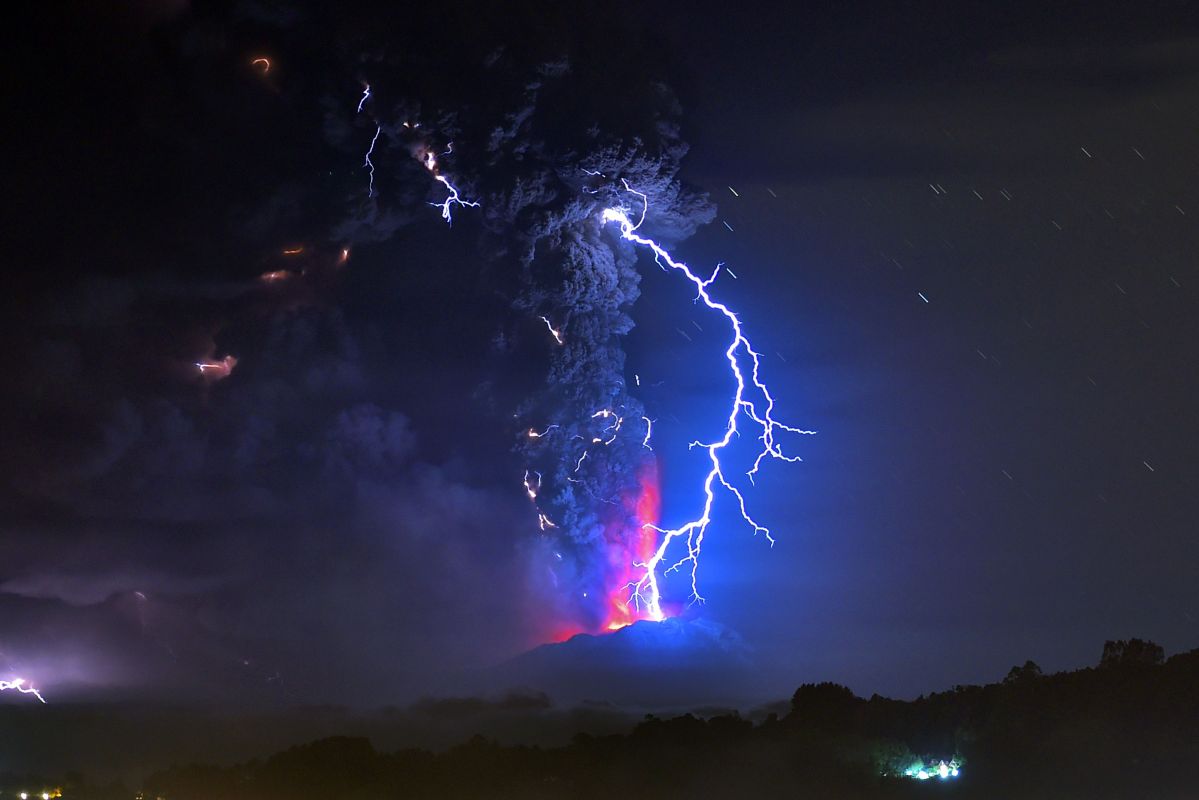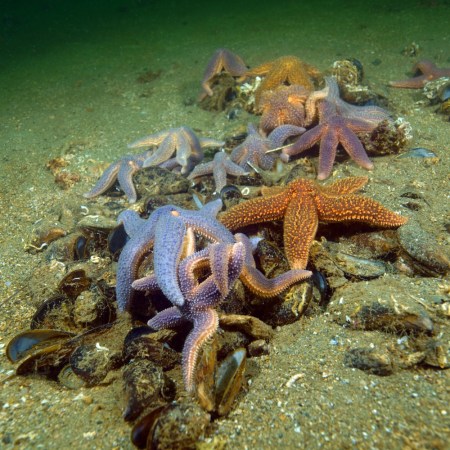Although beautiful, the lightning strikes that occur during volcanic eruptions have the potential to offer more than just a magnificent display- they offer clues to how a volcano is behaving. Take a look at these breathtaking volcanic lightning strikes.

Previously, researchers were relying on eyewitness reports to help determine eruption behavior but are now using satellite imagery and a network of shared data from the World Wide Lightning Location Network (WWLLN). Scientists hope to use these tools to use lightning as a monitoring tool to track the dangers of volcanic eruptions.
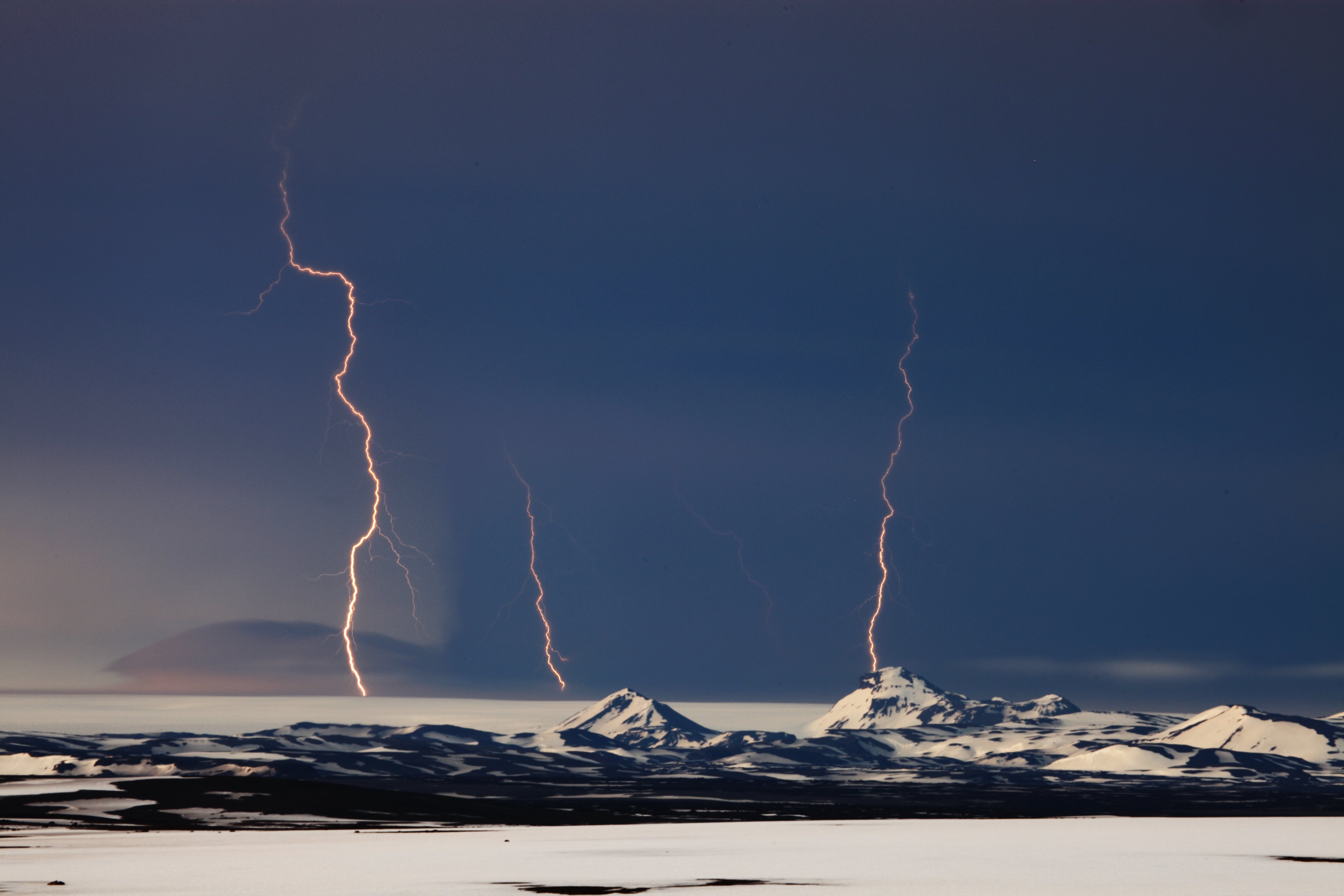
“It sort of fills a niche that no other volcanic eruption monitoring tool can cover,” Alexa Van Eaton, a volcanologist with the U.S. Geological Survey’s Cascades Volcano Observatory, told National Geographic.
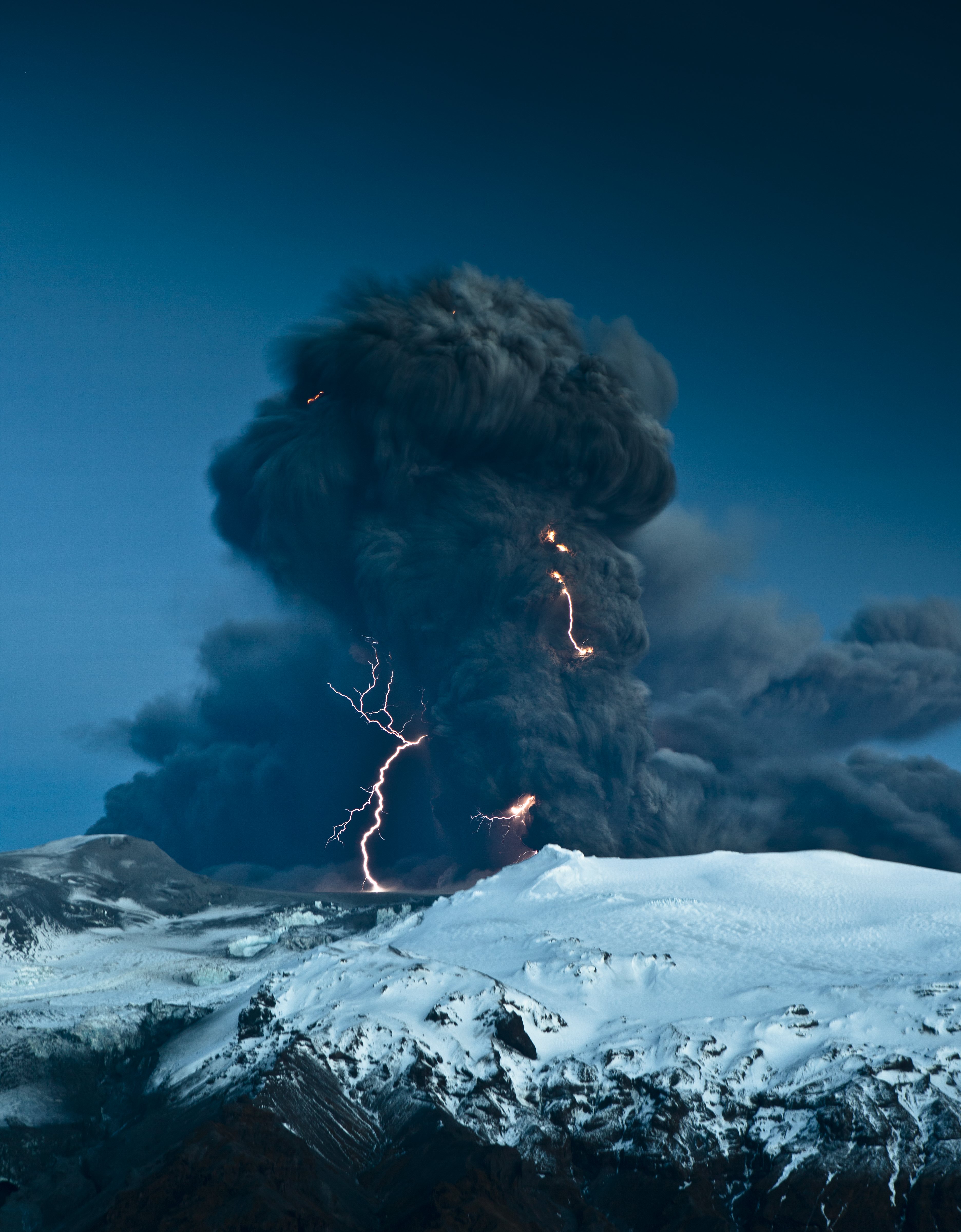
It’s expensive to hardwire every volcanic hotspot with seismometers, so scientists focus on regions with highly populated surrounding areas. As international air travel increases, the need to monitor more remote volcanos is becoming a priority. Monitoring lightning activity using the WWLLN could help.
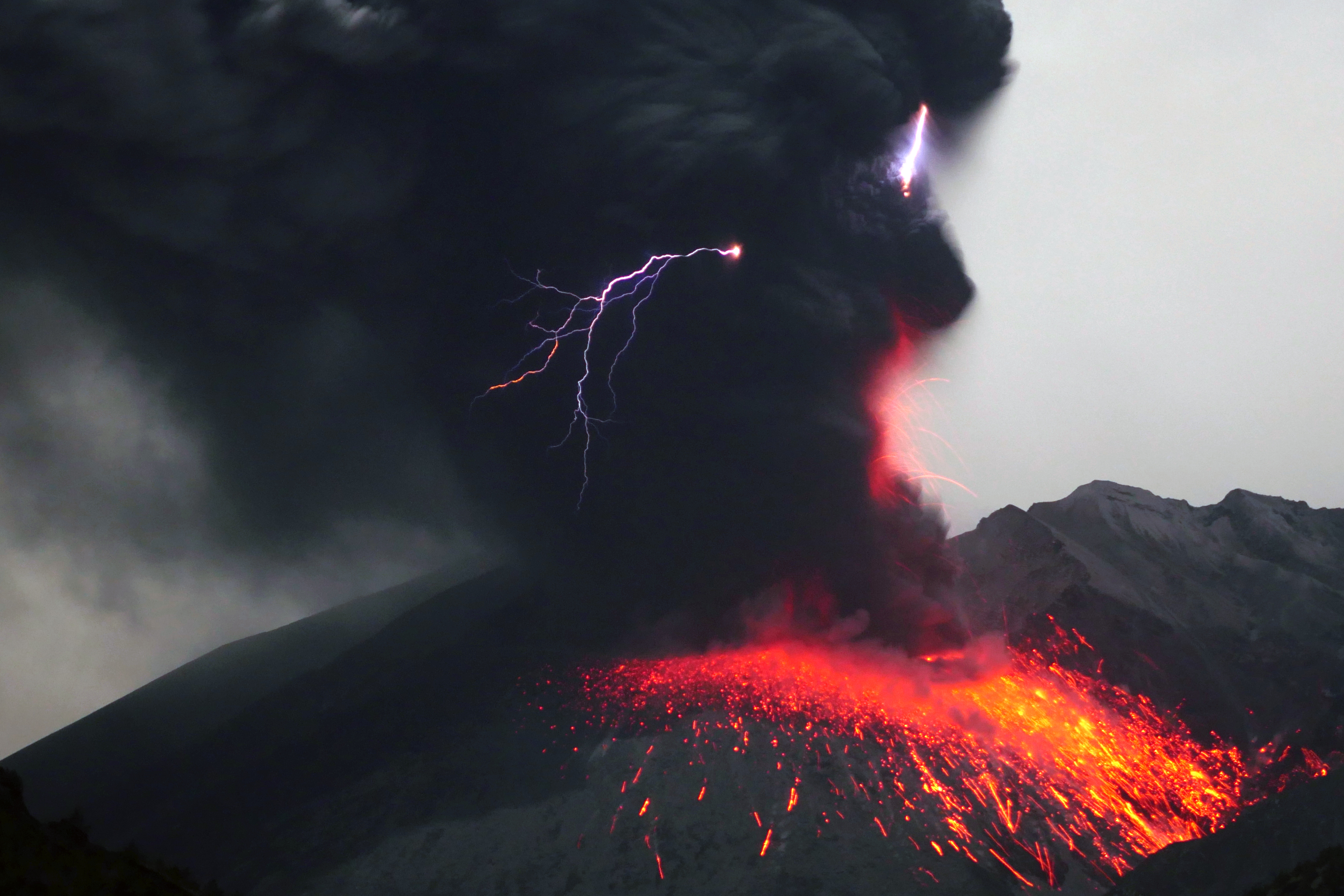
Satellite imagery isn’t perfect. The dark night sky and clouds can affect the images. Infrasound has becoming a promising monitoring tool in recent years. However, the sound waves must travel so far, the audio integrity could be compromised by the time it reaches the tool.
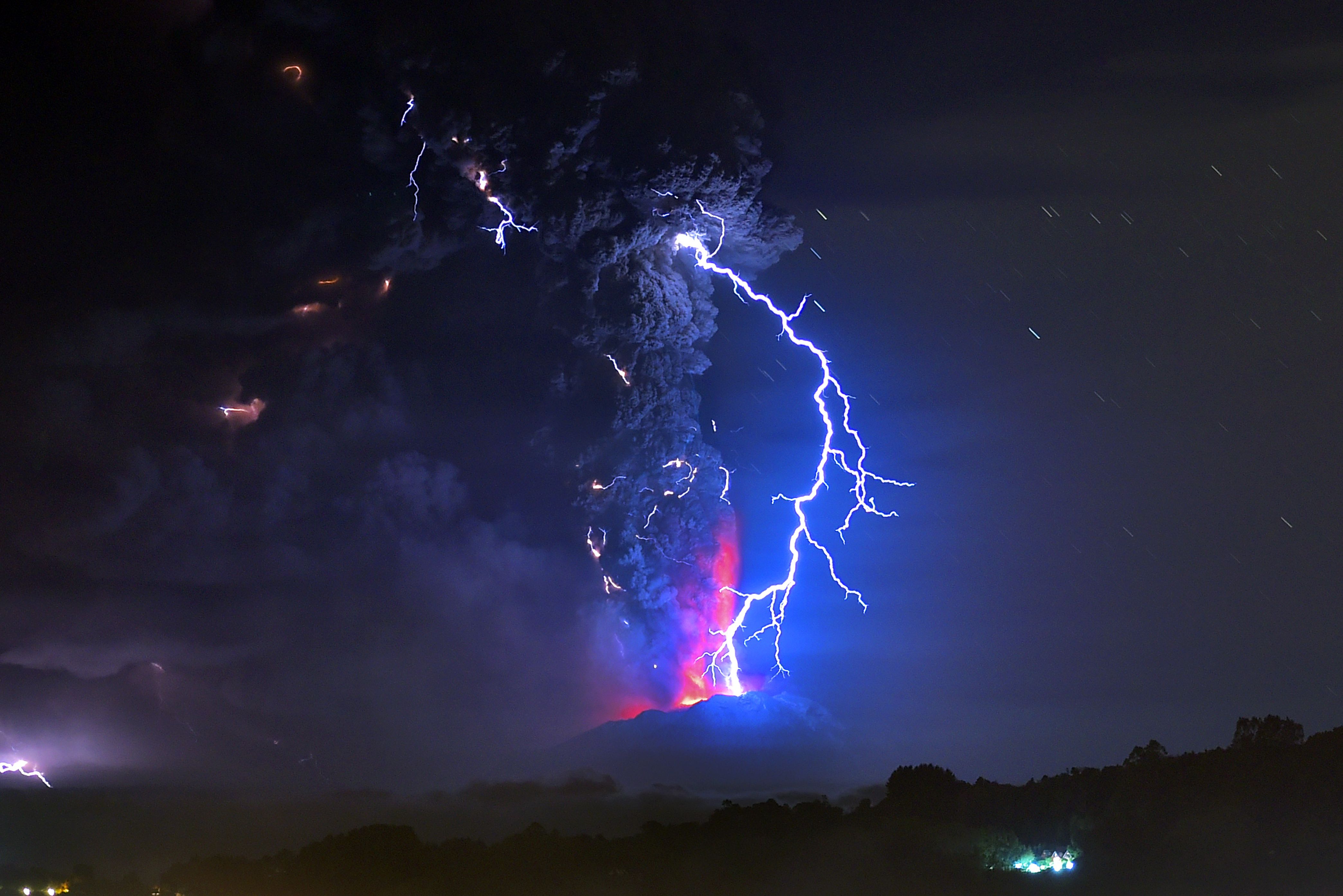
In 2016, without proper monitoring tools, a volcano in Alaska erupted for over a week before anyone noticed. Lightning monitoring is not dependent on seismometers or audio equipment, so the Alaskan eruption would have been noticed almost immediately.
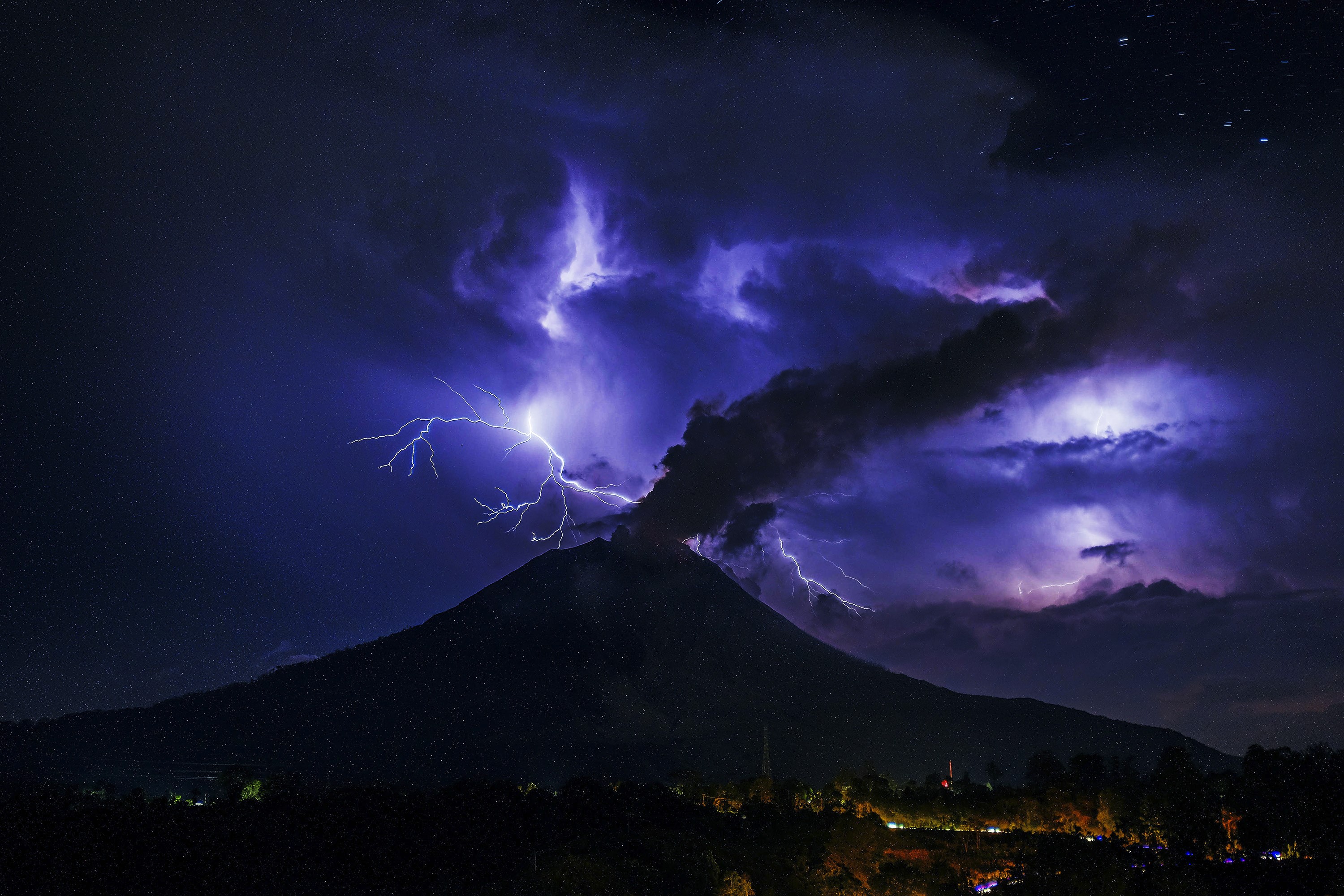
Van Eaton studied the lightning during a 2014 Indonesia eruption. Using WWLLN technology, she found that lightning strikes would peak at six strokes a minute during the early stages of eruption and then taper off once the plume was steadily expanding.
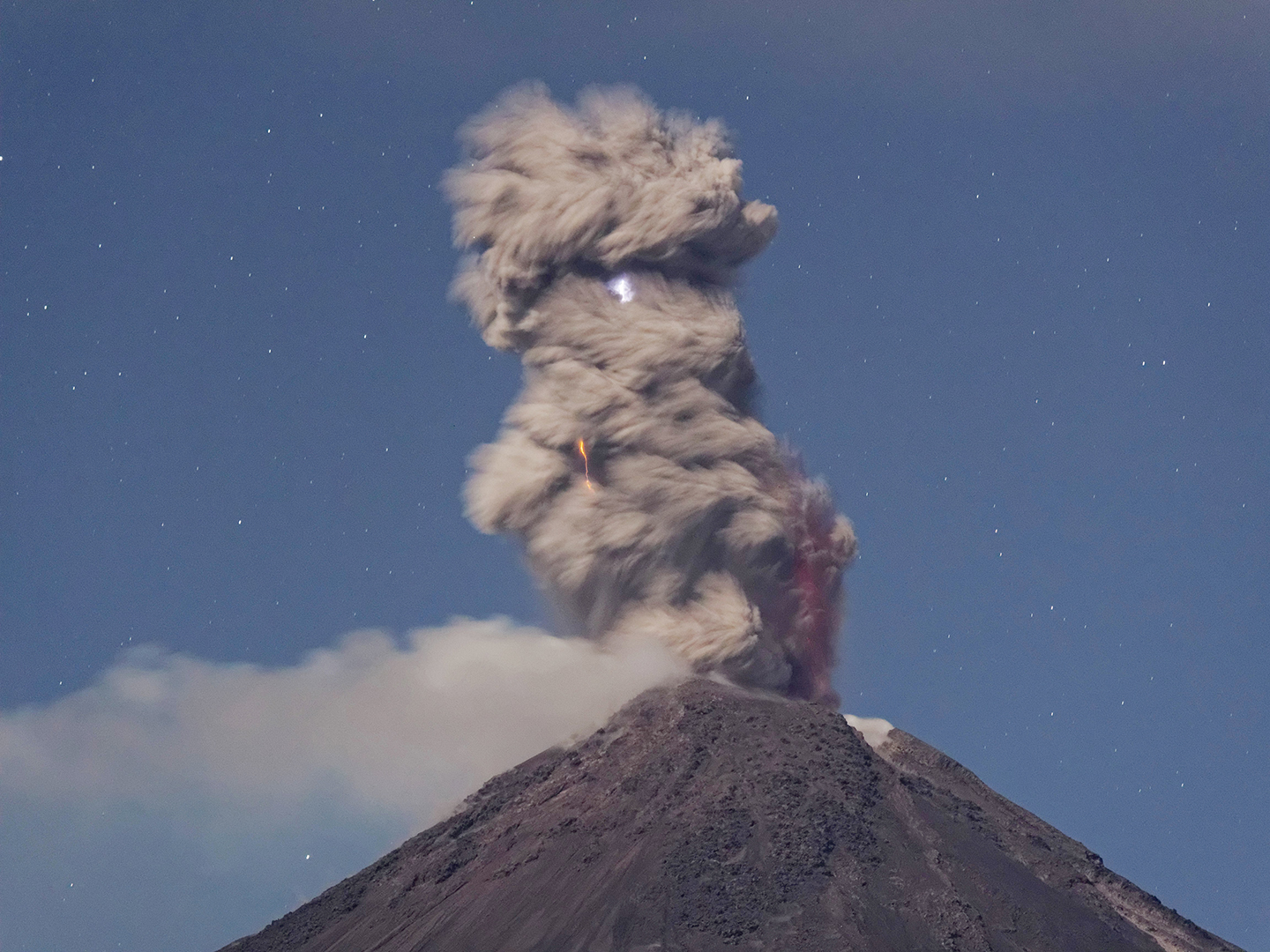
A new lightning-focused study published in the Journal of Volcanology and Geothermal Research has Van Eaton excited but cautious. “What we really have with this paper is some juicy observations. I hope that this will trigger a lot of interesting modeling work, and people who can take these observations and take them to the next level.” she told National Geographic.
This article appeared in an InsideHook newsletter. Sign up for free to get more on travel, wellness, style, drinking, and culture.
